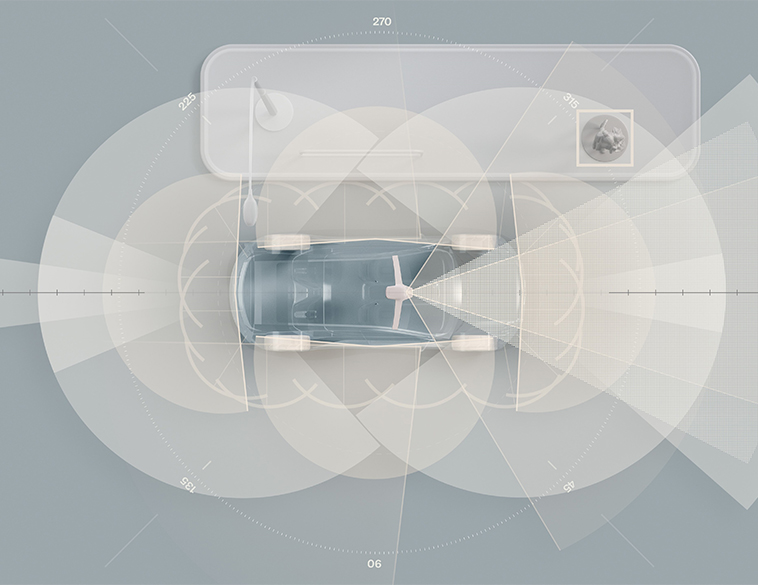Volvo Cars’ forthcoming fully electric flagship SUV will have safety technology as standard, helping to save even more lives.
The fully electric successor to Volvo Cars’ XC90, to be revealed in 2022, will come with sensors, including LiDAR technology developed by Luminar and an autonomous driving computer powered by the NVIDIA DRIVE Orin system-on-a-chip, as standard.
By combining this hardware with Volvo, Zenseact and Luminar software for the next generation of its collision avoidance technology, Volvo Cars aim to reduce fatalities and accidents as a whole with this new safety package.
“By having this hardware as standard, we can continuously improve safety features over the air and introduce advanced autonomous drive systems,” said Håkan Samuelsson, chief executive.
With the new safety package, Volvo Cars aim to reduce collisions and the reduction rate is anticipated to accelerate overtime via over-the-air software updates.
The new technologies are also designed to specifically address those traffic situations which result in a large portion of remaining severe injuries and fatalities found today.
“In our ambition to deliver even safer cars, our long-term aim is to achieve zero collisions and avoid crashes altogether,” said Henrik Green, chief technology officer.
“As we improve our safety technology continuously through updates over the air, we expect collisions to become increasingly rare and hope to save more lives.”
Once introduced, the technology is expected to mature over time, becoming more capable and allowing the car to assist and improve the capabilities of a human driver in safety-critical situations.
Whereas previous generations of technology largely relied on warning the driver for potential immediate threats, this new safety technology will over time increasingly intervene as needed to prevent collisions.
Volvo Cars also sees a potential added benefit of lower insurance costs as car crashes involving Volvo cars become increasingly rare.
Beyond the sensor suite and AI computing performance, Volvo’s forthcoming flagship model will also come with backup systems for key functions such as steering and braking that make it hardware ready for safe, unsupervised autonomous driving once available.
These backup systems alongside LiDAR, compute and software will enable the Highway Pilot functionality, developed in-house together with Volvo Cars’ autonomous driving software development company Zenseact.
Earlier this year, Volvo Cars announced it will use NVIDIA technology to centralize computing.
The core computer and autonomous drive computer both powered by NVIDIA technology allow its cars to become safer, more personal, and more sustainable over time through over-the-air updates, while also providing it with the computing power required for vision and LiDAR processing.



